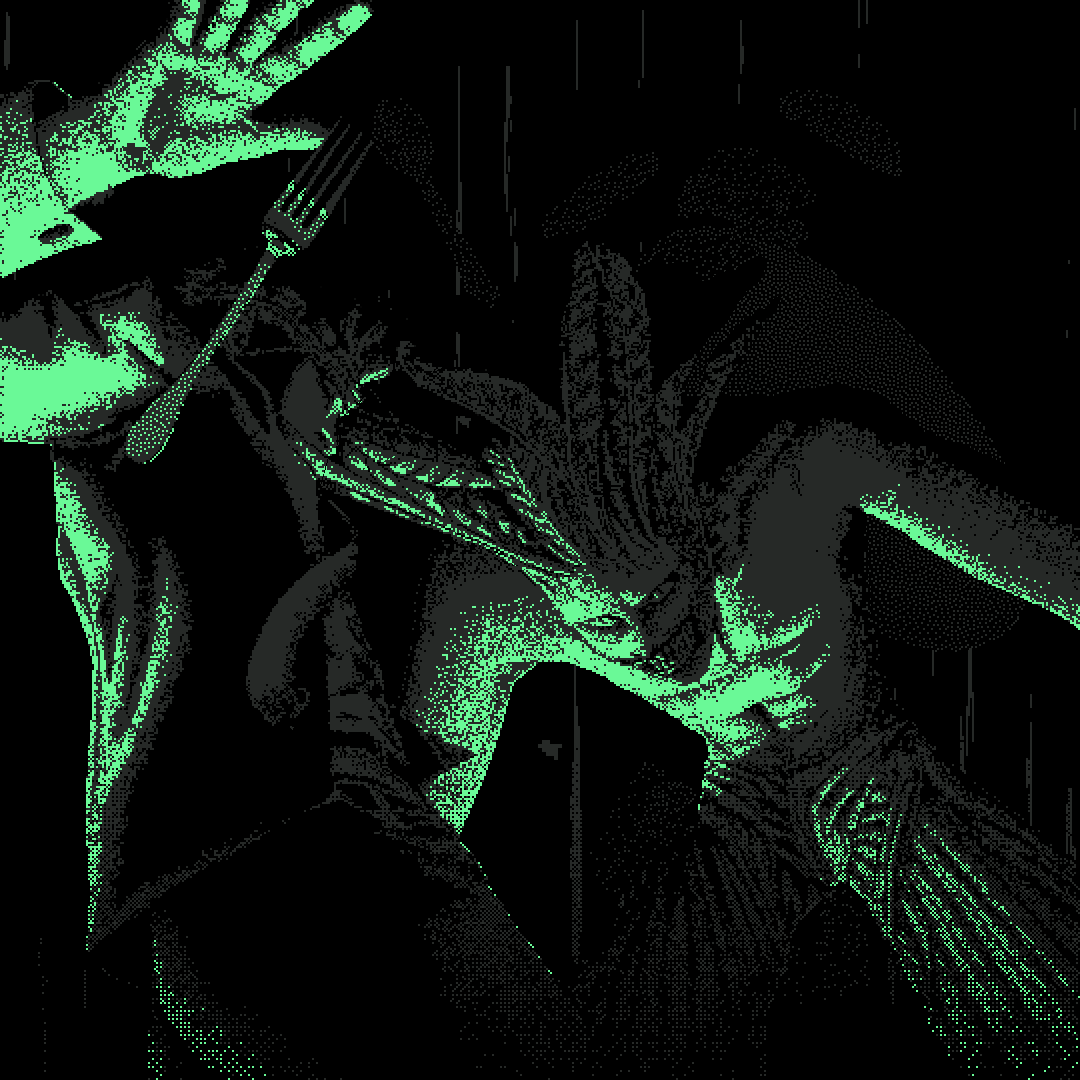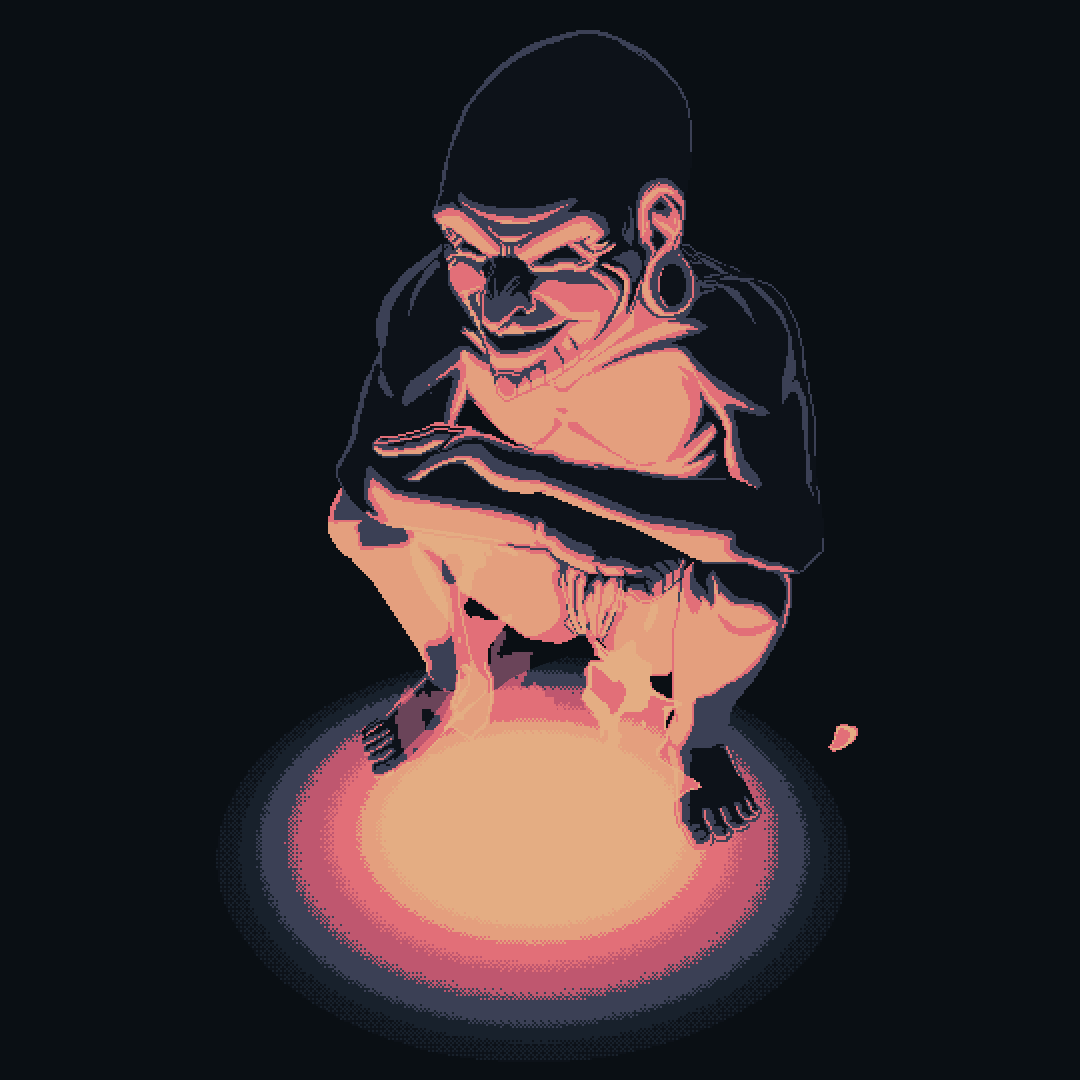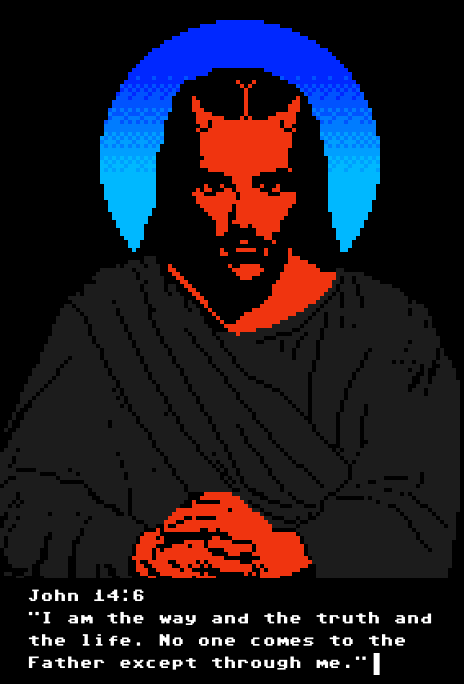SuperRare Labs Senior Curator An interviews ALIENQUEEN about psychedelics, death, and her journey in the NFT space.

Art as Emotional and Scientific Process: A Look into Michael Alan Alien’s Multidisciplinary Practice
“UNIQUE AND BEAUTIFUL” by Michael Alan Alien, 2023. 5’’x7’’watercolor, pen and ink, colored pencil, gouache, and marker on paper.
Art as Emotional and Scientific Process: A Look into Michael Alan Alien’s Multidisciplinary Practice

Michael Alan Alien in his studio, New York City. Photo by Mika Bar-On Nesher.
Michael Alan Alien is dropping his genesis on SuperRare this month, but the New York native is no stranger to the crypto art space; his first collection sold out within minutes. Long before entering the NFT space, Alan Alien already had an impressive career in both the traditional art world and the underground street art movement, gaining national attention in media outlets like The New York TImes, Vice, NBC Today, GQ, Hyperallergic, Marie Claire, Huffington Post, and others. SuperRare curator Mika Bar-On Nesher visited Michael’s studio in Soho one afternoon to learn more about the iconic artist and his plans for future drops on SuperRare.
Working closely with his partner and collaborator Jadda Cat, Michael’s art extends beyond the canvas and paper into performance art and sculpture. No matter what medium he works in, Alan Alien’s voice and line shine consistently through. An outsider that never wanted to fit into any system or society, he watches and listens to everything around him, absorbing the information like an open portal–the result is a kind of imprint of the city he grew up in, a mixture of buildings and things overhead on street corners, all mixed in an incredible motion of captured atrophy.

“LIFE’S RIDE” by Michael Alan Alien, 2019. 11” x 14” watercolor, ink, spray pen, pencil on paper.
Mika Bar-On Nesher: Who are your artistic influences?
Michael Alan Alien: My first influence was Dalí. I was isolated from any knowledge of art when I was growing up in NYC. I didn’t visit museums or galleries, or know of any other fine artists, but my father had a Dalí print which I’d study every day. I was inspired by graffiti in New York City, as well as punk and metal record labels covers that my neighbors traded with me for my Star Wars figures. The Iron Maiden covers kick ass. As I got myself into a position where I could educate myself with fine art, some artists that have inspired me are Klimt, Egon Schiele, M.C. Escher, and Crumb.
It’s very hard for anyone who grew up with nothing in a wealthy city to break into the art world. It’s been very difficult to be accepted in a culture built on classism.
MBON: Does music play an important part of your process?
MAA: I spend my time looking at life, looking into the unknown, looking at breathing, looking at movement, looking at pain, looking for positivity. The way I see life is with sound and music. When I observe my surroundings and people, I hear a soundtrack in the background. I paint to that.
I also make sound collage music here and there as part of The Living Installation theater performances. You can listen to some of the music on Bandcamp.

“TEST SUBJECT” by Michael Alan Alien, 2020. Mixed media, paint marker, stickers, metallic paint, blow pen, marker, colored pencil on black book cover.
MBON: How would you describe the transition from working in the studio to performance? Tell us about your process a little for your different forms of expression.
MAA: I dedicate hours each day to drawing and painting, whether I work from the studio or go outside to create at different locations in the city. I have a select group of works that I work on outside, letting the streets and nature hit them. I draw from the energy of my surroundings and interactions with people as I work. This outdoor creation is performative and interactive. I often wear a QR code box on my head as a statement about where we are as a society with technology. Passersby can scan, interact and learn more about the work. I walk around the city with my cane and set up my easel to stand and work on medium to large pieces doing action work. I push myself daily to go out and create and bring disability awareness to people I meet. When I work from my studio I lay on the floor since my physical disabilities prevent me from working at a desk. I refine and reflect on the energy from the outdoor work, focused on detail work.
MBON: How do you feel the art scene in the city has changed?
MAA: In the 80’s art was built from the ground up. It was raw, revolutionary, and evolved slowly and organically. Groups of different kinds of people were discovering and sharing their scenes and interacting. It was the birth of downtown New York art. People still travel here from all around the world looking for it.
Now we have overnight success based on Tiktok numbers, quick fads, and an over saturation of art shows that seem to lack authenticity. The New York art scene now seems to be about devouring trends instead of creating a culture. That’s not to say that the direction can’t change.

“TRINITY OF ILLUSION” by Michael Alan Alien, 2021. 11’’x14’’ watercolor, ink, colored pencil on paper.
MBON: Do you have advice for emerging artists?
MAA: Be careful of a physical gallery that meets you and wants you to have a solo show in a month and doesn’t understand your work. Growth takes development. There are a lot of shifty characters in the art world that just want to make a buck. Google search a gallery to see if they’ve gone to federal prison. Be careful who you work with and don’t give away your soul. Explore, grow, create, practice, and make work that you feel deeply. Make work that you love and we will see the rest.
MBON: What pillars in your impressive career mean the most to you and why?
MAA: I don’t really look at my art as a career. I look at my art as an emotional and scientific process. I think the most important thing I’ve done is during the pandemic, shifting my practice to creating art publicly in NYC daily, keeping the spirit of old New York going, and connecting with the world outside.

“THE GREAT AMERICAN SQUEEZE” by Michael Alan Alien, 2021. 11’’x14’’ watercolor, cut and repurposed drawings, metallic ink, paint marker, ink on paper.
Tech






Out of the Vault and onto the Chain: the Evolving Nature of Provenance
SuperRare editor Oli Scialdone considers the social experience of provenance and its relationship with community in the Web3 space.
Curators' Choice











Curated Conversations: ALIENQUEEN
SuperRare Labs Senior Curator An interviews ALIENQUEEN about psychedelics, death, and her journey in the NFT space.

































